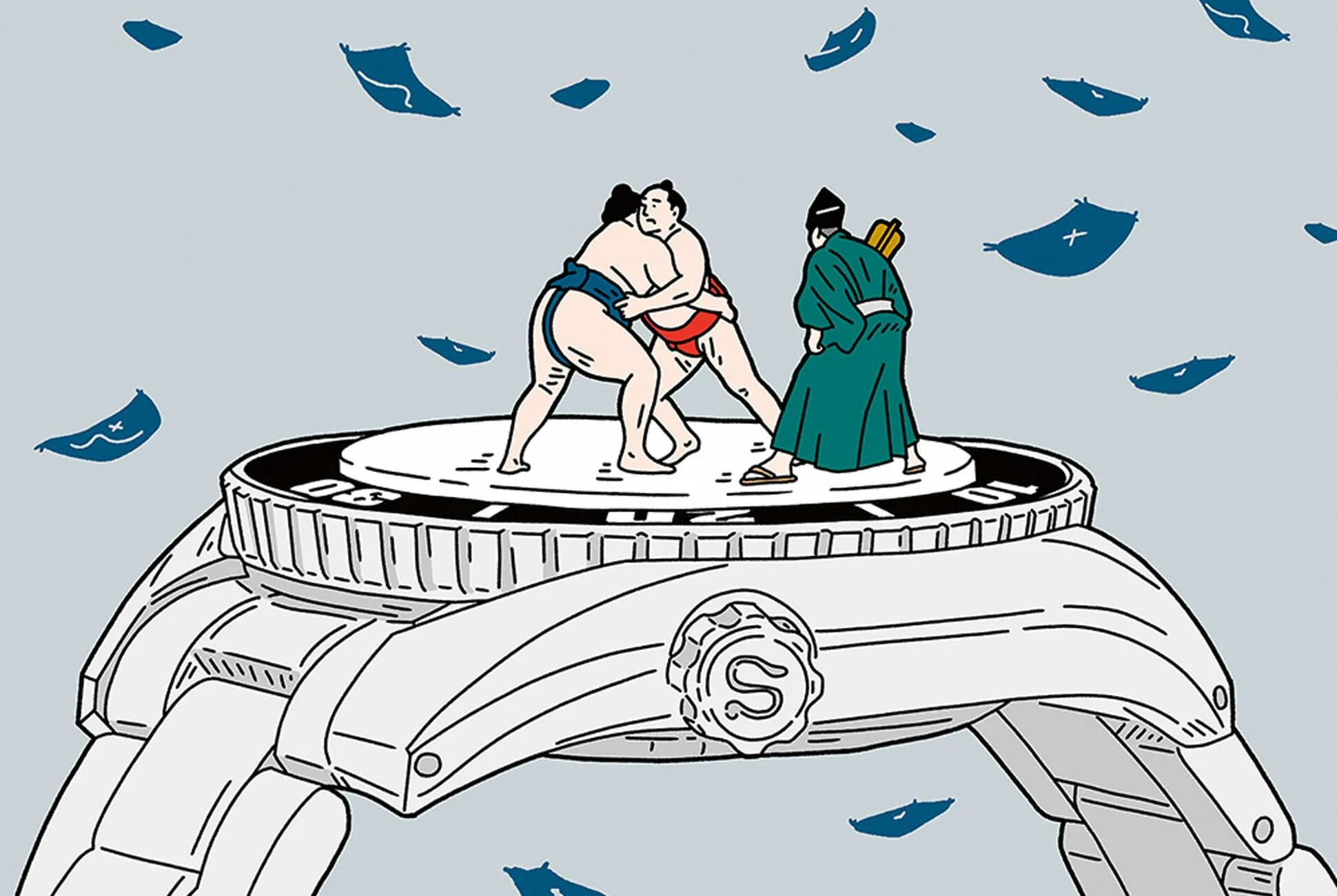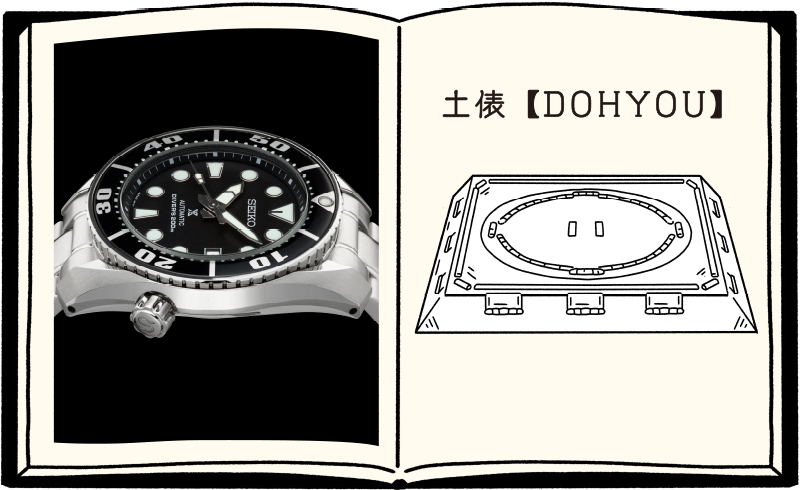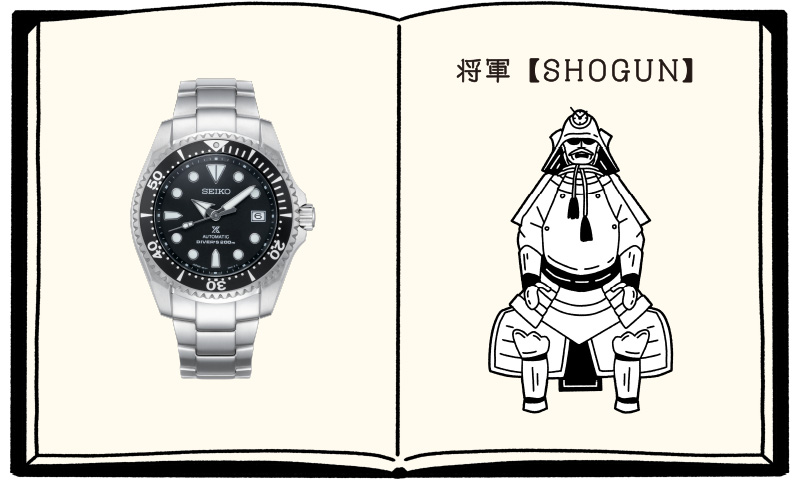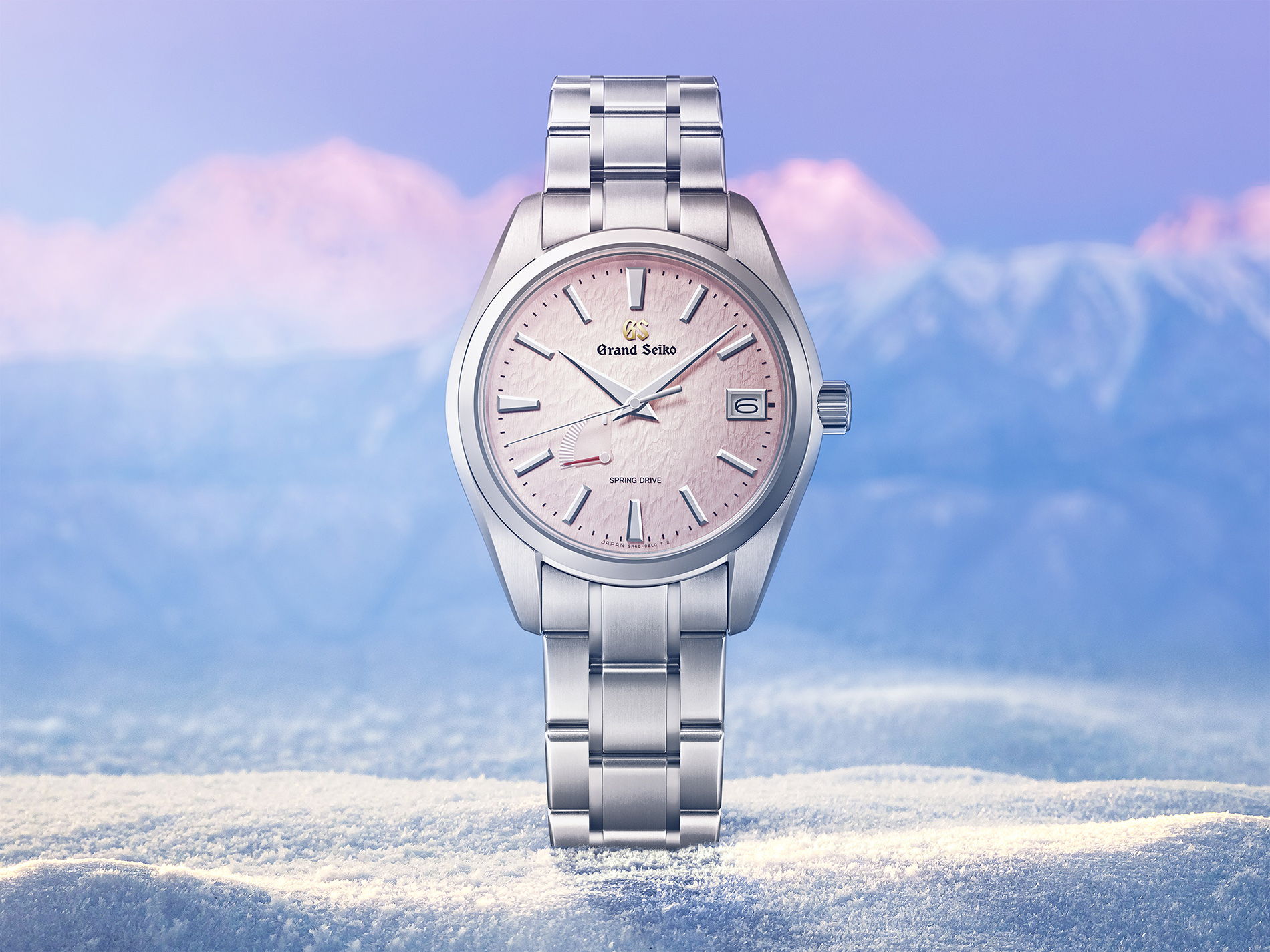The history of watch-making in Japan is a captivating narrative that intertwines traditional craftsmanship with contemporary ingenuity. Emerging during the late 19th century Meiji Restoration, an era of political, economic, and social revival and modernisation, Japan’s quest for modernisation spurred its interest in Western watches, laying the foundation for its horological journey. The evolution of this craft is exemplified by Seikosha, born from Kintaro Hattori’s Tokyo watch and jewellery shop in 1881, which then birthed Seiko Corporation.
One of Seiko’s most notable contributions came in 1960 when they introduced the Grand Seiko, now an autonomous brand of its own, a line of luxury watches known for their exceptional craftsmanship and accuracy. The Grand Seiko was created to surpass the grade of Swiss watches, setting a new standard in Japanese watch-making. In watch grading, Swiss watches are often classified into different grades based on their quality and precision. The highest grade for Swiss watches is typically “Swiss Made,” indicating that the watch meets set criteria, such as being assembled in Switzerland, using Swiss movements, and meeting specific quality standards. This designation is a mark of excellence and is highly regarded in the watch industry.
Left: The Sumo watch and the dohyo (the space in which a sumo wrestling bout occurs).
Right: The Shogun with elemental similarities to the armor and helmet worn by the shogun (a chief military commander).
Subsequent innovations, including the first Japanese alarm clock in 1899 and the Seiko Crown with a stopwatch function in 1964, showcased Seiko’s commitment to creativity. Japan’s role in the Quartz Revolution of the 1960s and 1970s further solidified its horological prowess. The debut of the Seiko Quartz Astron in 1969 ushered in a new era, propelling Japan to the forefront of quartz technology. Japanese watchmakers consistently innovate, as seen in advancements like Seiko’s Solar and Citizen’s Eco-Drive, using solar power to eliminate the need for battery changes.
Hattori’s vision and dedication soon propelled Seiko into a leading watch manufacturer. In 1913, Seiko’s watchmaking arm, known as Seikosha, introduced the Laurel, Japan’s first wristwatch. This marked the beginning of Seiko’s legacy of innovation and precision.
The creation of Spring Drive in the 1970s was a pivotal moment that epitomised Seiko’s ethos of pushing boundaries and seeking perfection in timekeeping. This innovative technology, blending mechanical and electronic elements, reflected Seiko’s precision. The launch of the first Spring Drive watch in 2004 marked a significant milestone for Grand Seiko, showcasing their ability to combine traditional watchmaking with cutting-edge technology. The 72-hour power reserve and automatic winding mechanism represented a leap forward in watchmaking, setting a new standard for luxury timepieces.
The Spring Drive from the Grand Seiko Heritage Collection.
As 2024 marks the 20th anniversary of the Spring Drive’s introduction, the release of two new models serves as a tribute to Seiko and Grand Seiko’s rich heritage. By reimagining the original Spring Drive watch with a pink gradation dial inspired by the sunrise over the Hotaka mountains, these new creations celebrate the past and embody Seiko’s ongoing dedication to ingenuity and mastery. Just as the first Spring Drive watch revolutionised the industry, these new models are poised to captivate watch enthusiasts and continue Seiko’s legacy for years to come.
The latest addition to the collection is the Sport Collection GMT, featuring a striking dark red dial; this new timepiece pays homage to Seiko’s rich history. Like all Grand Seiko GMT watches, it offers exceptional ease of use with its ability to adjust the local hour hand independently, even while the watch is in motion. This ensures that travellers can effortlessly maintain precision when changing time zones.
In Japanese culture, craftsmanship is a revered art form, and this meticulous approach is evident in every aspect of Seiko watches. From the intricately designed dials to the precise movement of the hands, each component is crafted with the utmost care and technique. This turns every Seiko watch from a timepiece to a masterpiece that embodies the essence of luxury. Seiko’s dedication to boundless creativity has made them a leader in the luxury watch industry, and their watches continue to be sought after by those who appreciate the finer things in life. With their blend of Japanese tech precision, attention to detail, and cultural significance, Seiko collectable watches are timeless pieces that merge art and luxury.
Words by Esha Aphale.
Feature image Takumi Kishino and Junpei Matsue’s (Seiko’s Design Center Department) imaginative interpretations of nicknames of Seiko watches.
Image courtesy Seiko.







